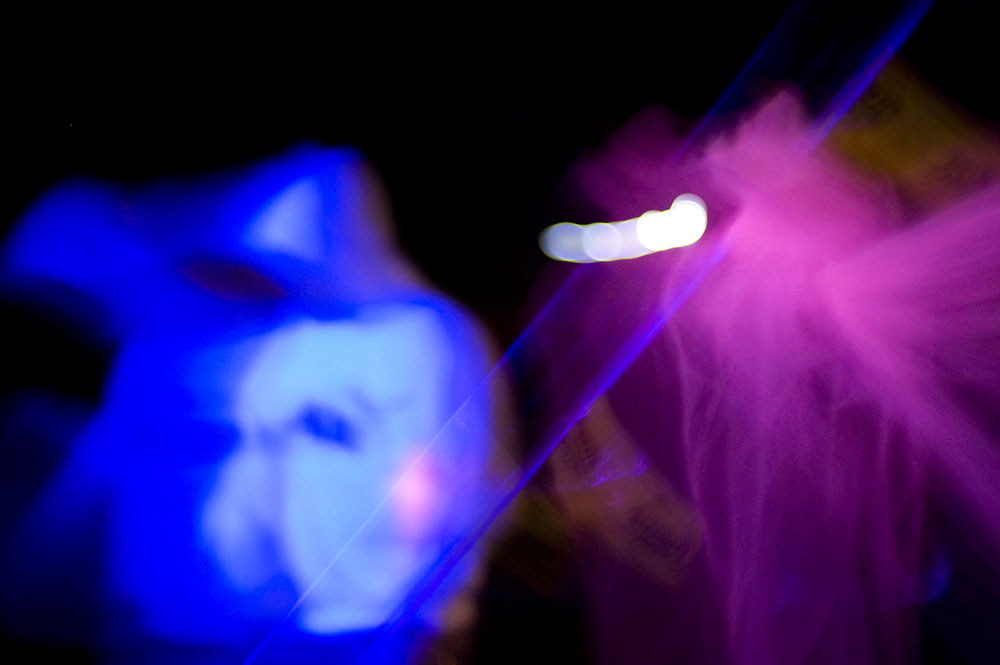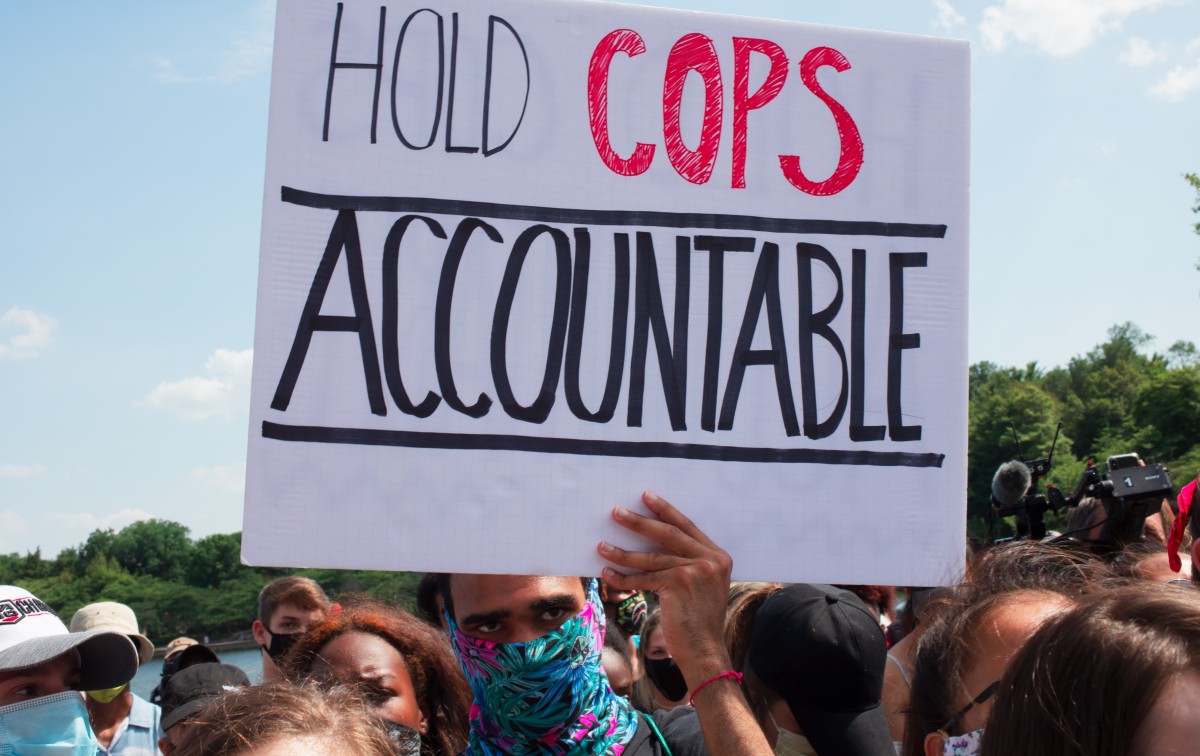The UK has a long and seasoned history with unlicensed raving, which led to a second “Summer of Love” during the mid-90s when the rave scene was heavily associated with amphetamines and other drugs associated with partying. Throughout the COVID-19 pandemic there has been a surge in the number of recorded illicit raves, with disproportionate policing and heavy surveillance of black communities in particular.
Just recently, Boris Johnson announced that organisers and promoters of unlicensed raves could face £10,000 fines targeting gatherings of more than 30 people. Since lockdown began in March and began to ease in June, unlicensed raves have increased largely due to the warm weather and desire for people to socialise with friends. The Metropolitan Police revealed that last month, more than 500 events were organised and these figures suggest that alternative approaches need to be taken to ensure safer raving and partying.
In June, an illicit rave with 2000 people in attendance, the majority of whom were not Black, took place in Carrington, in the greater Manchester area. Reports of sexual assault and three stabbings took place, while a fatal drug overdose happened at another rave in nearby Oldham. Despite many instances of overwhelming violence in majority non-Black spaces, we’re still seeing a disproportionate over policing of Black raves. It’s clear that even at the raves in Carrington and Oldham, the police failed to keep young people in attendance safe, despite the various risk assessments carried out.
Elsewhere in north west London, a much smaller rave also took place in June. A number of arrests for possession of drugs and weapons were made, and there were reports of police officers being assaulted. Those in attendance were predominantly Black and across the country there has been a disparity in the police’s response in comparison to majority-white raves.
Calls to defund the police recognise that not only are the police ineffective in responding to harm, but that many instances of harm require alternatives to criminalisation as the catch-all response to social problems.
"In an unlicensed event like the ones we saw last weekend [June 13th], on some occasions, emergency services workers struggled to get to people who were in need because of the sheer number of people who were in attendance and the non-existent planning around crowd management and safety," said Manchester Police's Assistant Chief Constable Nick Bailey to the Manchester Evening News . It’s a peculiar response from Bailey when events such as Notting Hill Carnival are heavily policed, with officers often drafted in from other boroughs, which only further highlights over policing of Black people. The police’s response to the spike in illicit raves, which were reemerging pre-lockdown anyway, mirrors that of Criminal Justice and Public Order Act 1994, which notably clamped down on unlicensed raving.
The Coronavirus Act & Form 696
As TalkingDrugs has previously reported, there has been an overwhelming increase in stop and searches, with particular impacts on racialised communities since the Coronavirus Act was implemented.
Under the Act, police have been granted additional dispersal powers for groups of six or more. Black-led/ majority Black raves may face resistance from authorities in a similar vein to Form 696. Form 696 is a risk assessment form in which the Metropolitan Police requests promoters and licensees of events to complete and submit 14 days in advance of an event in 21 London boroughs, where non-compliance can often lead to licenses being revoked. The disproportionate policing of Black music venues through Form 696 and other means is well-documented and has been happening for some time, notably to London- based drill artists such as Skengdo x AM, SL and K-Trap and previously through drugs policing in historically black communities such as Notting Hill and Brixton.
The current climate poses yet another institutional challenge for Black communities. While Form 696 was officially scrapped in late 2017, the practice has still been in use by the Metropolitan Police to censor drill artists from performing live. With the added context of the pandemic and the Coronavirus Act, there are several challenges for the UK’s nightlife. The Coronavirus Act isn’t due for review for 18 months and although it’s unclear as to when bars and clubs will open again, a harm reduction approach to safer partying is paramount.
According to the International Music Summit’s annual industry report, the number of nightclubs in Britain fell by a fifth in 2018. It’s uncertain whether venues will be able to survive in the immediate future, which will likely encourage promoters to seek more clandestine locations. It is not police presence and continued criminalisation, but harm reduction and other necessary safeguarding that is urgently needed to reduce harms and create safer raving.
In an interview with VICE, Nottingham-based promoter James Morsh told of plans to introduce small-scale raves of no more than 200 while Stuart Glen, owner of Tottenham-based club The Cause said he plans to put on outdoor events which his space already accommodates. For the most part, social gatherings have already taken place in public spaces, with the necessary safeguarding from a public health-led approach, there is no reason for socially-distanced raves not to continue.
A harm reduction approach for safe raving
Local authorities should be seeking to engage and understand the concerns of promoters and venue owners. A police-led approach to safe-raving hasn’t proven to deter unlicensed raves, despite the Criminal Justice and Public Order Act being in place since 1994. There is the obvious health risk of the pandemic that makes this moment very different to 1994, and there is a collective social responsibility to limit the spread of the virus. But as the spike in unlicensed raves have shown, congregating and dancing together, in the pursuit of belonging is a fundamental and collective desire that many have felt deprived of during the lockdown.
“We can't say for certain that we can prevent all such events from taking place," Manchester Mayor Andy Burnham admitted in a statement following the raves in Manchester. "But there is no question of us turning a blind eye or adopting a permissive approach." The moralistic approach used by the Government is driven by the war on drugs; prohibition has failed to create “drug-free” societies, it’s stated aim, instead causing immeasurable harm in black and drug-using communities.
The absence of harm reduction and other safeguarding measures and the lack of funding for treatment, research and education about drugs and drug use is in fact doing exactly what the Burnham states as out of the question: turning a blind eye to the reality that people will continue to consume drugs with or without the life-saving resources and information that harm reduction provides.
A harm reduction approach makes accessible the knowledge and evidence about drugs, in order to ensure that when people use drugs, they do so as safely as possible. In place of prohibition, our communities deserve pathways to community safety that does not put them at risk of criminalisation, state violence and further harm.
Elsewhere in Europe, there have been success stories of socially distanced raves that don’t address the desire for human touch but provide some semblance of normality, which has also led to safer drug consumption since human contact has been limited.
Young people must be equipped with tools and resources that will keep them safe including harm reduction, access to public spaces and investing in communities devastated by austerity. These are uncertain and traumatic times with young people being doubly affected and for many, social gatherings is a normality many are trying to hold onto.


